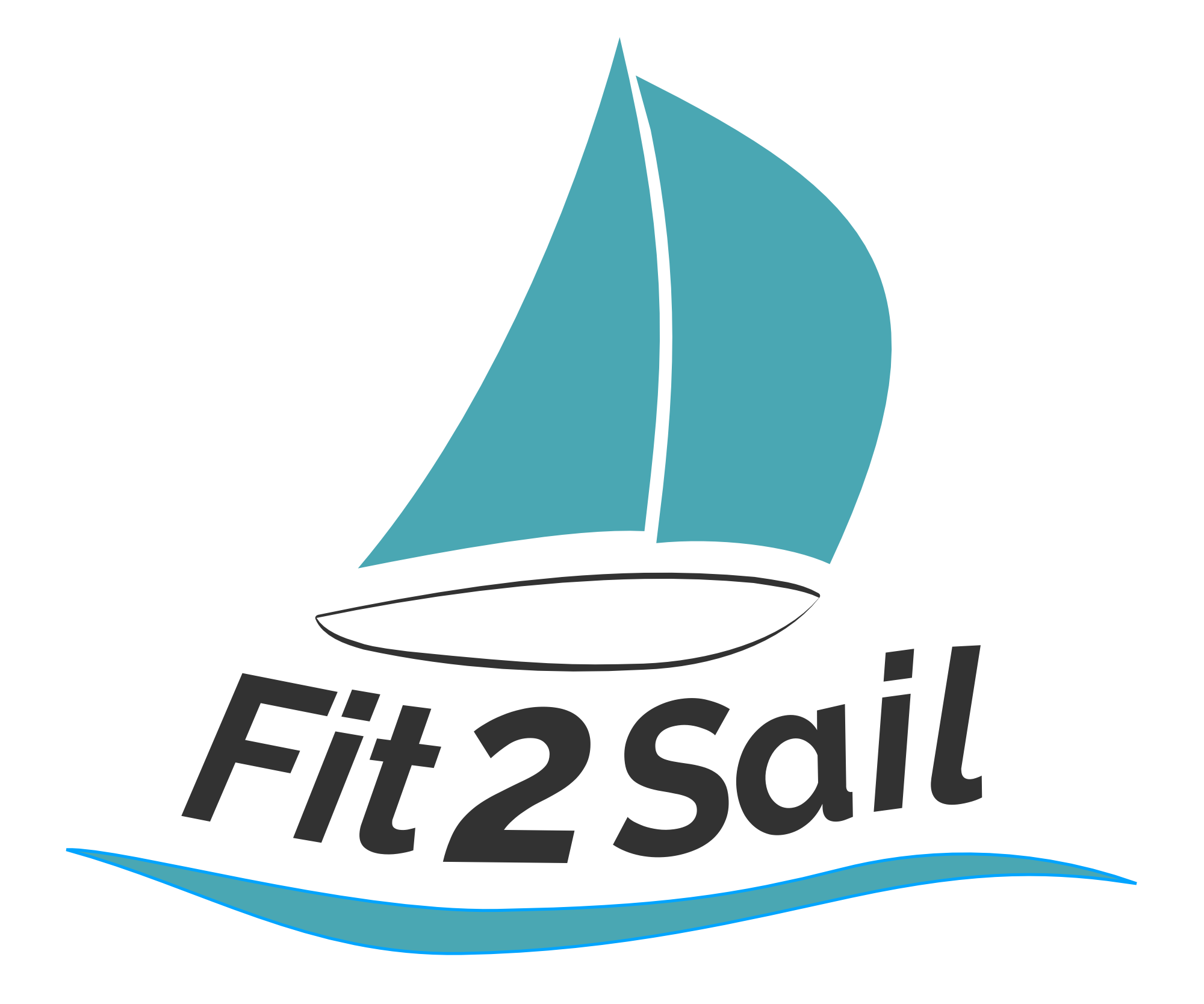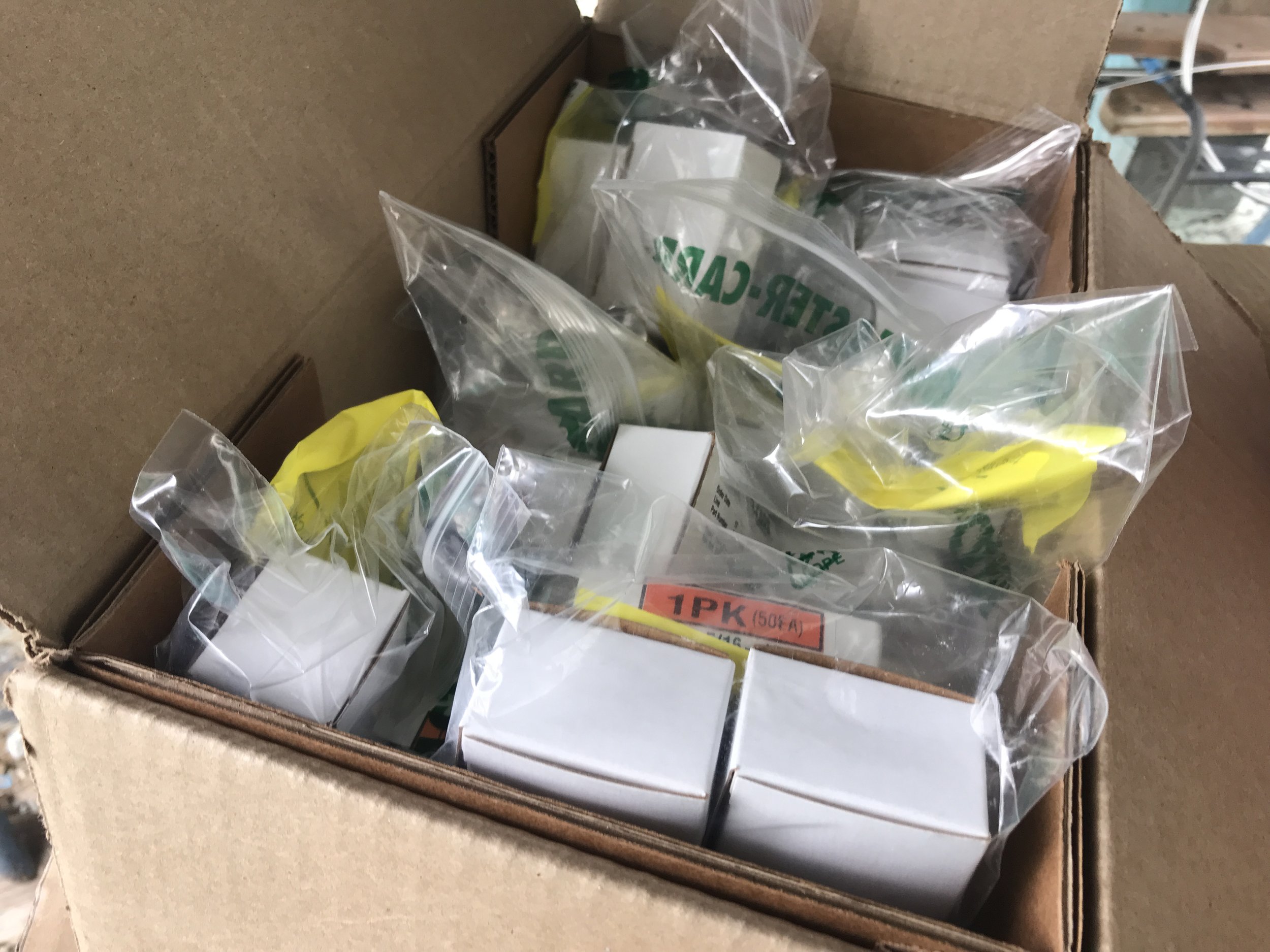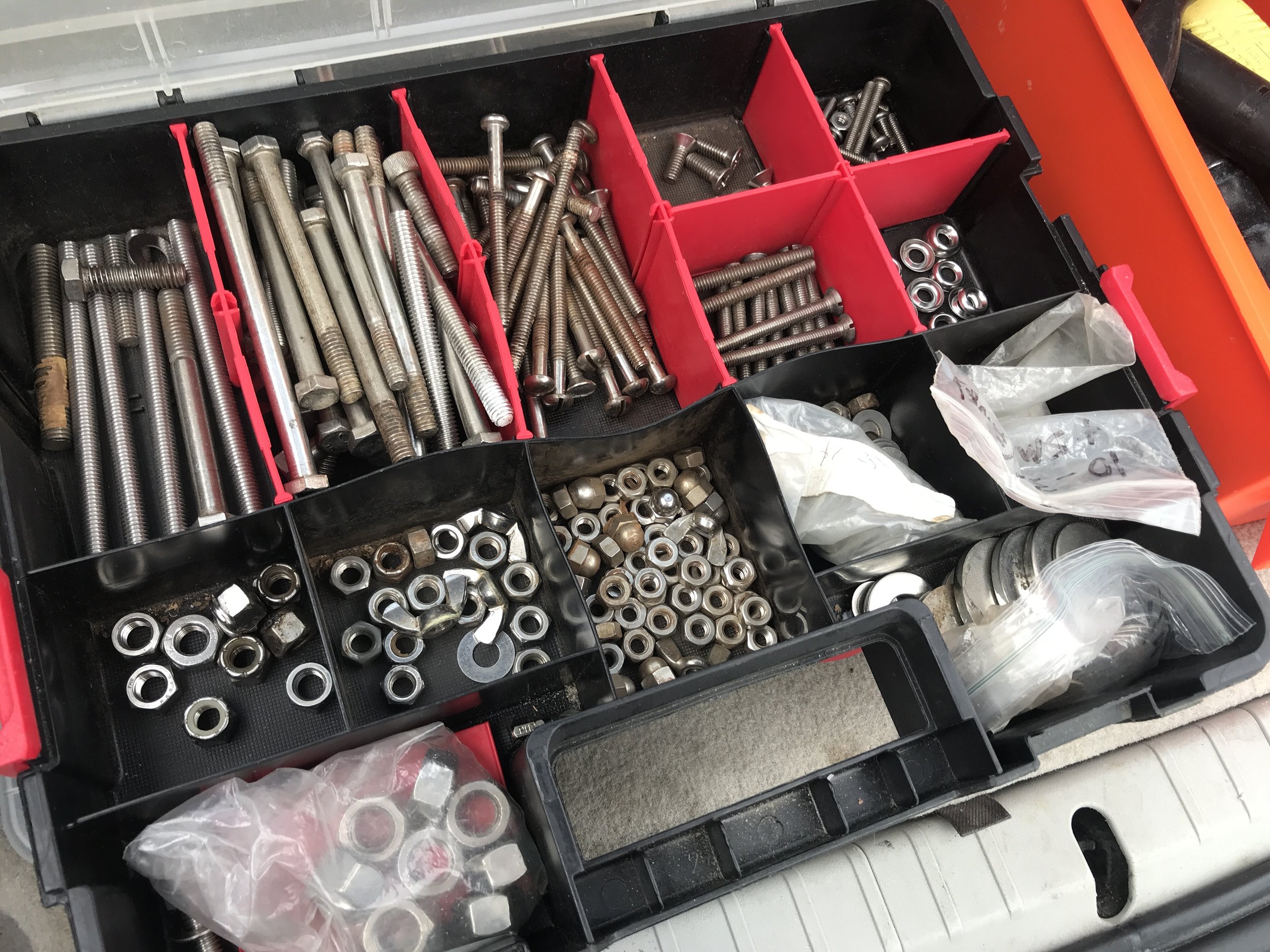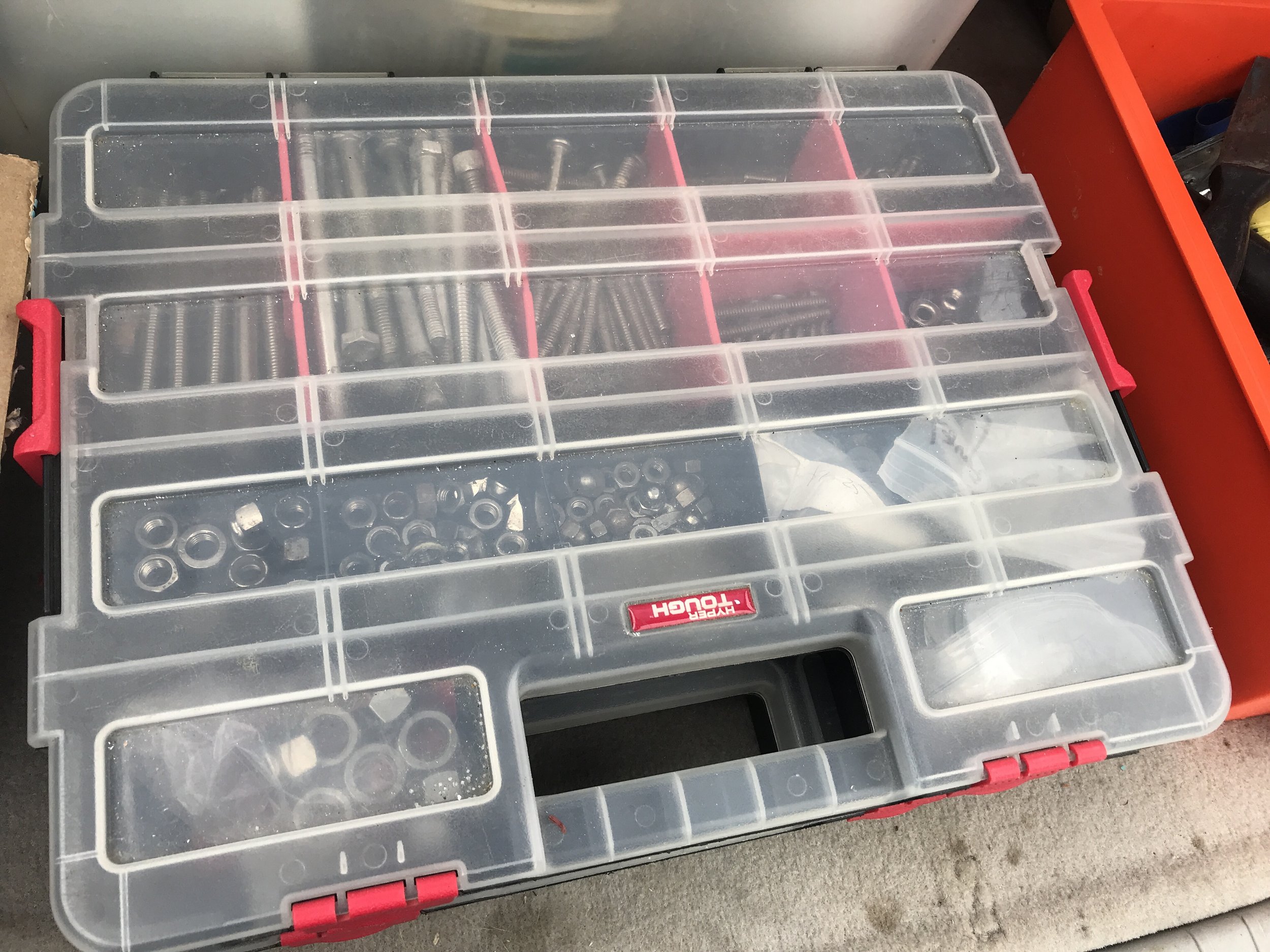Fastener Boxes
We track every single penny we spend while working on the boat and cruising, noting in the spreadsheet what we bought and where. There are an astounding number of entries marked “fasteners.”
A recent McMaster Carr order. All different types and sizes of fasteners we need!
Fasteners are a massive part of life aboard. It’s not just that there are screws and bolts, nuts and washers that you need to keep track of. But various sizes and lengths. Head types. Screwdriver-required types. Each has its place - and if you jumble all your fasteners together, trying to find exactly what you need in the chaos will take so long you might throw your hands up and go buy more. When individual fasteners of our most-used size at our local hardware store cost $.83 EACH, and you need a dozen or more for any given project . . . buying in bulk makes a lot more sense. Keeping track of the extra goodies from that bulk order means you’ve got much more of a chance of putting your hands on exactly what you need in short order.
All those wood plugs are hiding fasteners . . .
All of these chain plates will be reinstalled using fasteners . . .
Over the years, we’ve used various kinds of boxes to organize these things. We likely started just by keeping the individual cardboard boxes of screws in a flat tupperware-style box. When our fastener purchases grew to a small torrent of individual bags and paper sleeves, we needed something a bit more sophisticated. I think our first ones came from the fly fishing section of a local hardware store; more recently we’ve found craft supply boxes and, of course, fastener boxes that are purpose-made. Here’s what we have found to be the most useful attributes in a fastener box.
Plastic. Lightweight and durable, a plastic box has the benefit of not rusting or fusing itself to the fasteners it holds. We’ve got plastic fastener boxes that have been on board for decades.
Positively latching. A single latch point isn’t enough, as it’s too easy for that one to get jostled loose as you’re grabbing for the box, then allowing all the painstakingly-sorted contents to be upended.
Customizable compartment sizes. Many boxes these days have a grid-set up with plastic inserts you can use to make the individual compartments whatever size you need. Need a section for small washers and another one for 3” long screws? No problem! This helps maximize usable space within the box.
A bolt box with nuts and washers. Note the various compartment sizes.
Finding the perfect size box is a little more tricky. A bigger box is harder to store, harder to move around, and gets darn heavy when it’s filled. A smaller size box can be easier to lose (ask me about our still-missing box of pan head screws, last seen on board when we were doing a project in the BVI last winter) and require multiple boxes to contain your whole hoard.
Our current favorites seem to be the HyperTough boxes from Walmart. They’re a little on the large size and the interlocking system isn’t particularly useful from our perspective, but the price is right, the handle makes it easy to grab, and the dividing compartment size options is fabulous. We create a label for the outside of the box so we can open the box we need on the first go. With screws, we’ve found it very helpful to mark the individual compartments in some way, usually by just cutting the label off the bulk box and sticking it in with the fasteners. This way we know at a glance if we’re grabbing a #10 1.5”, for example - and this also makes it very easy to see what fasteners we’re getting low on.
4 different latches keep these boxes CLOSED!
Having the right size and type of fastener on hand makes projects go much more smoothly. Being able to find those fasteners when you need them? Even more so!





